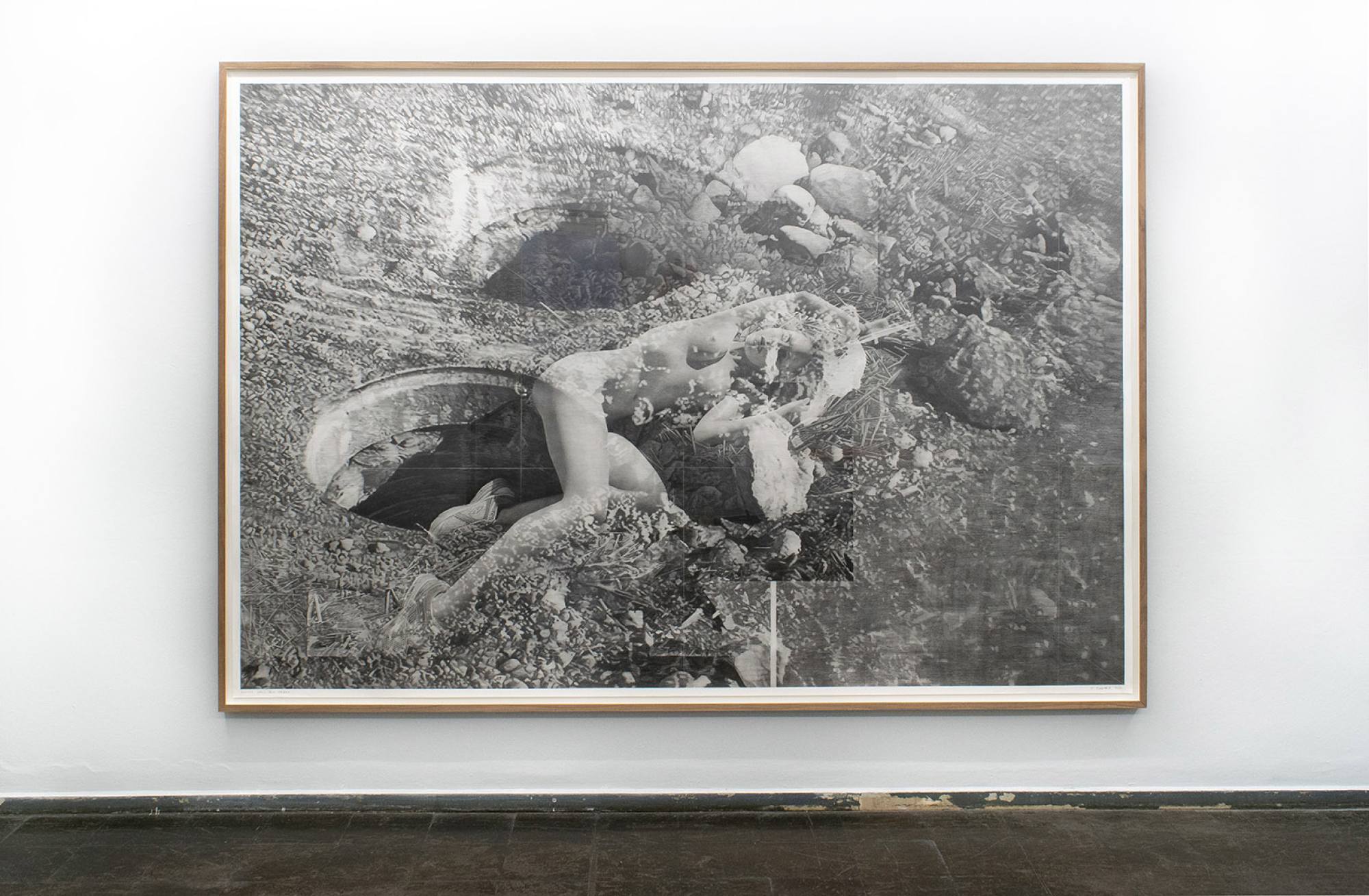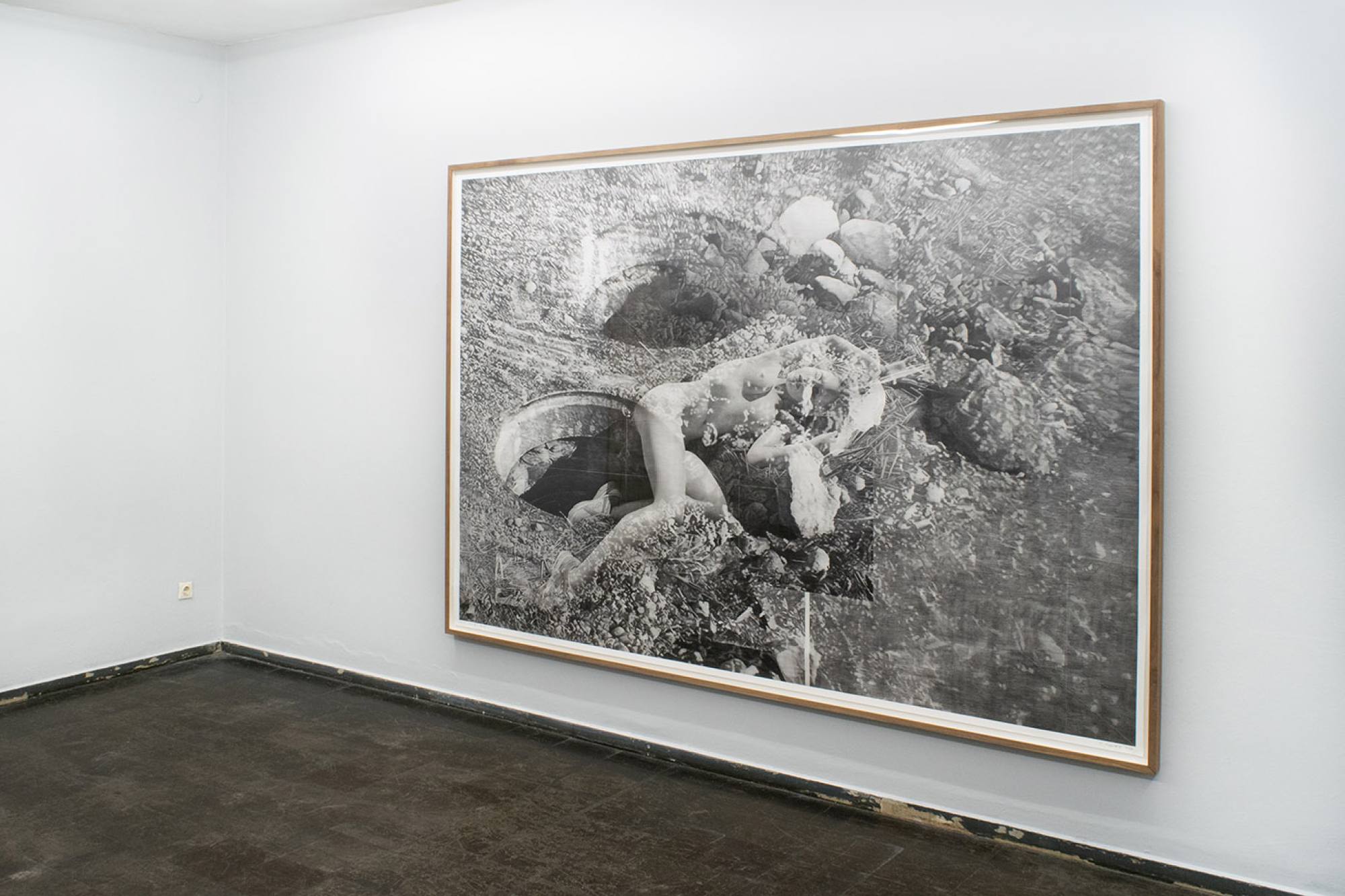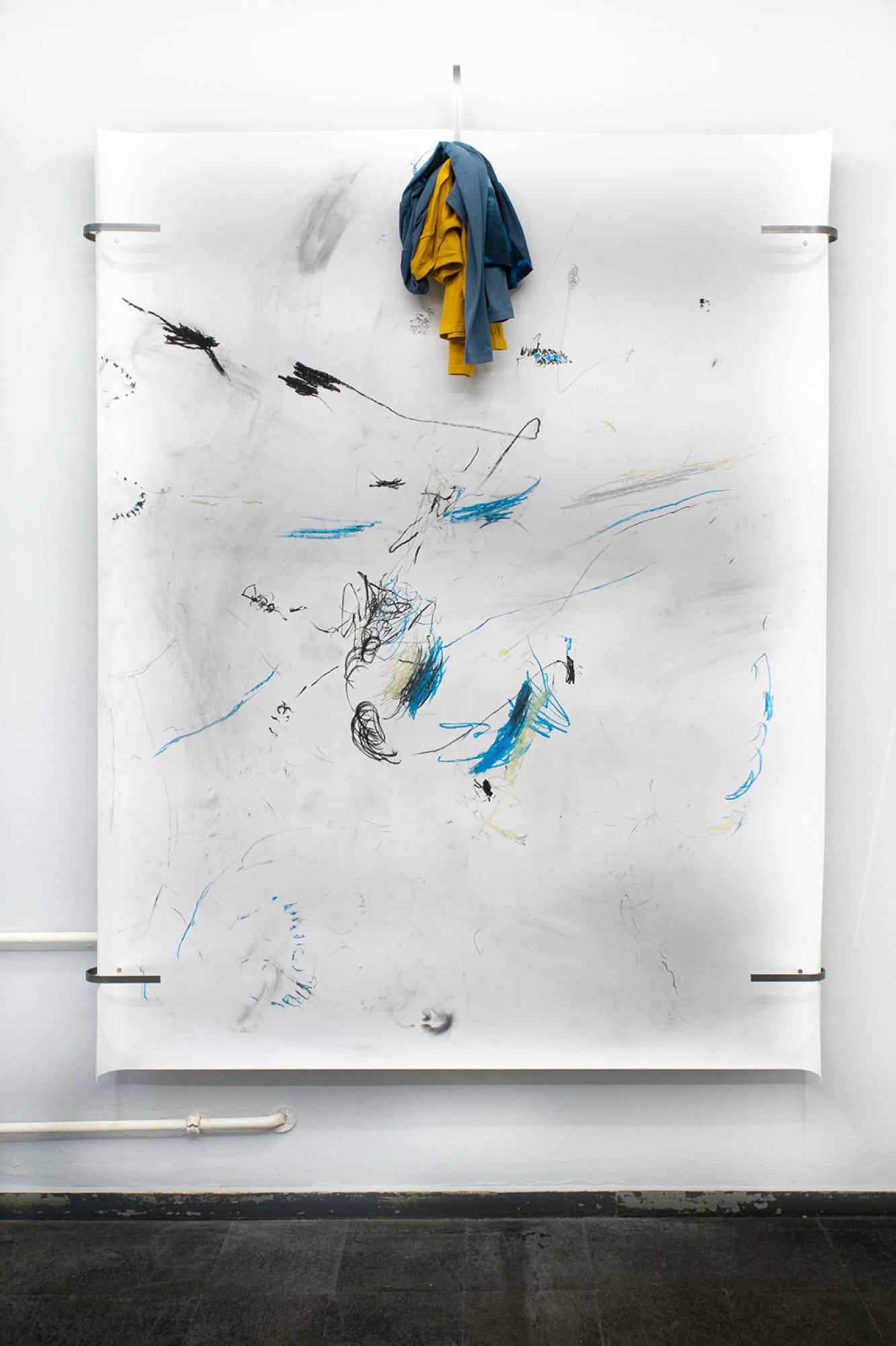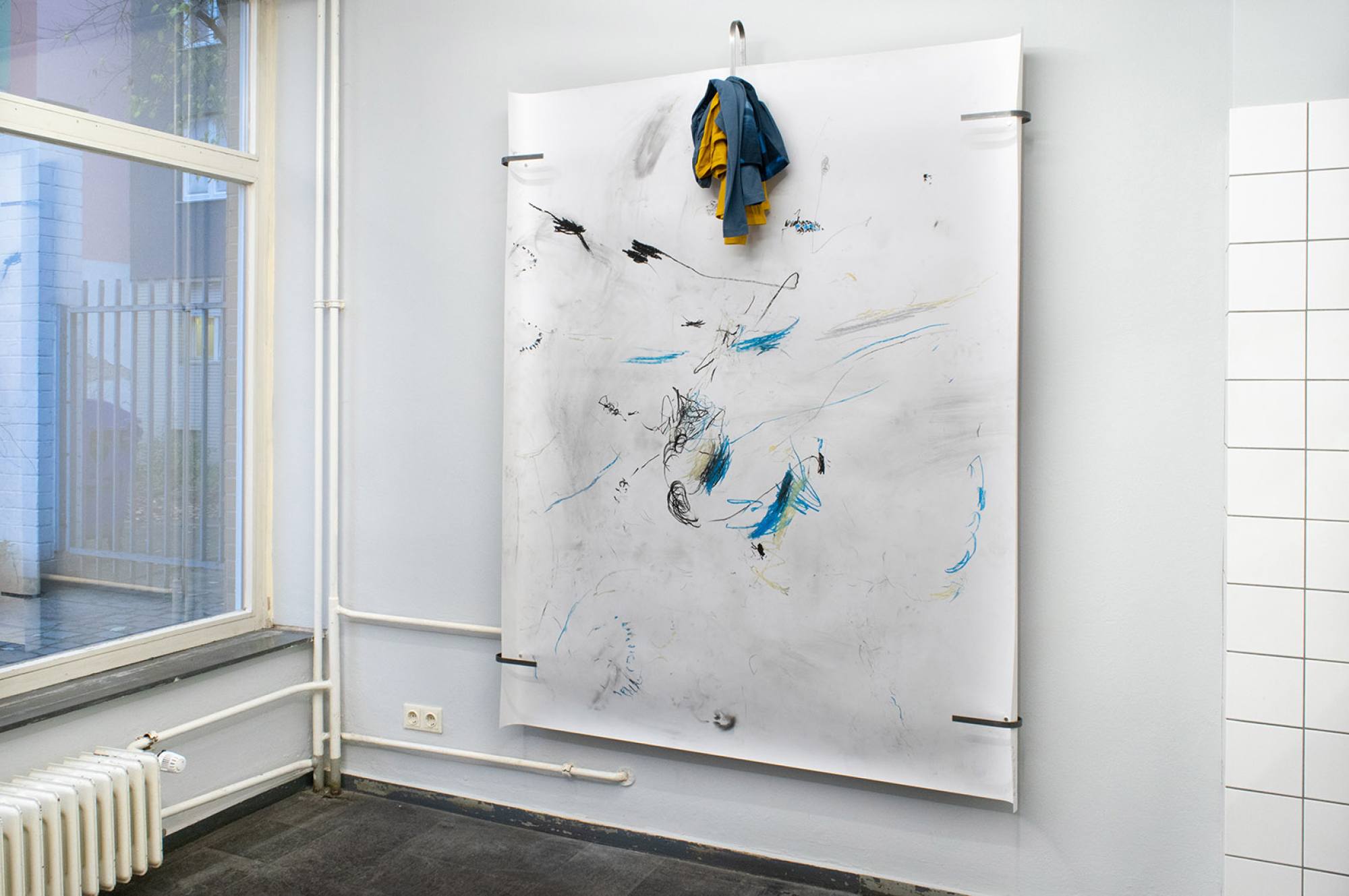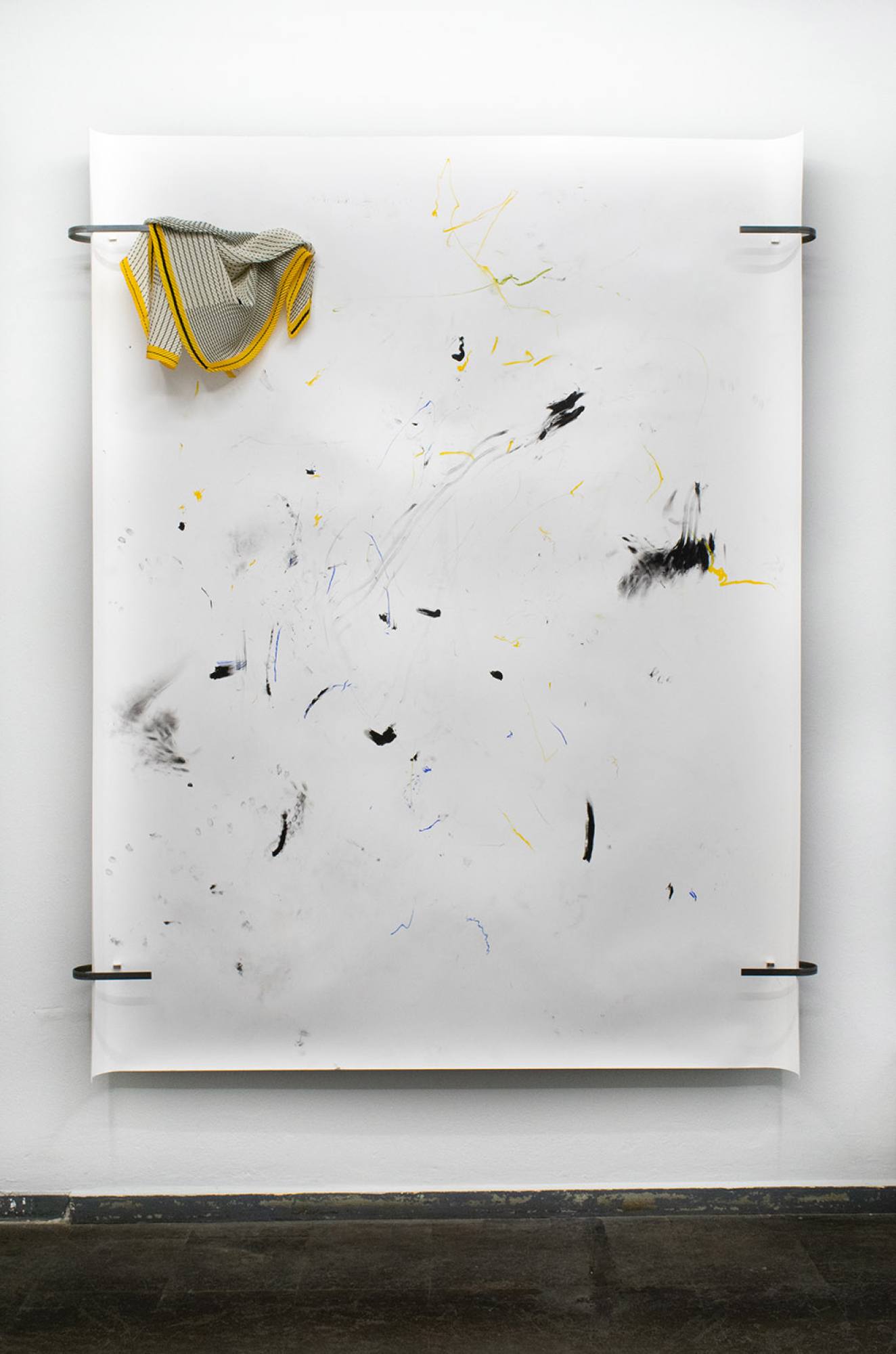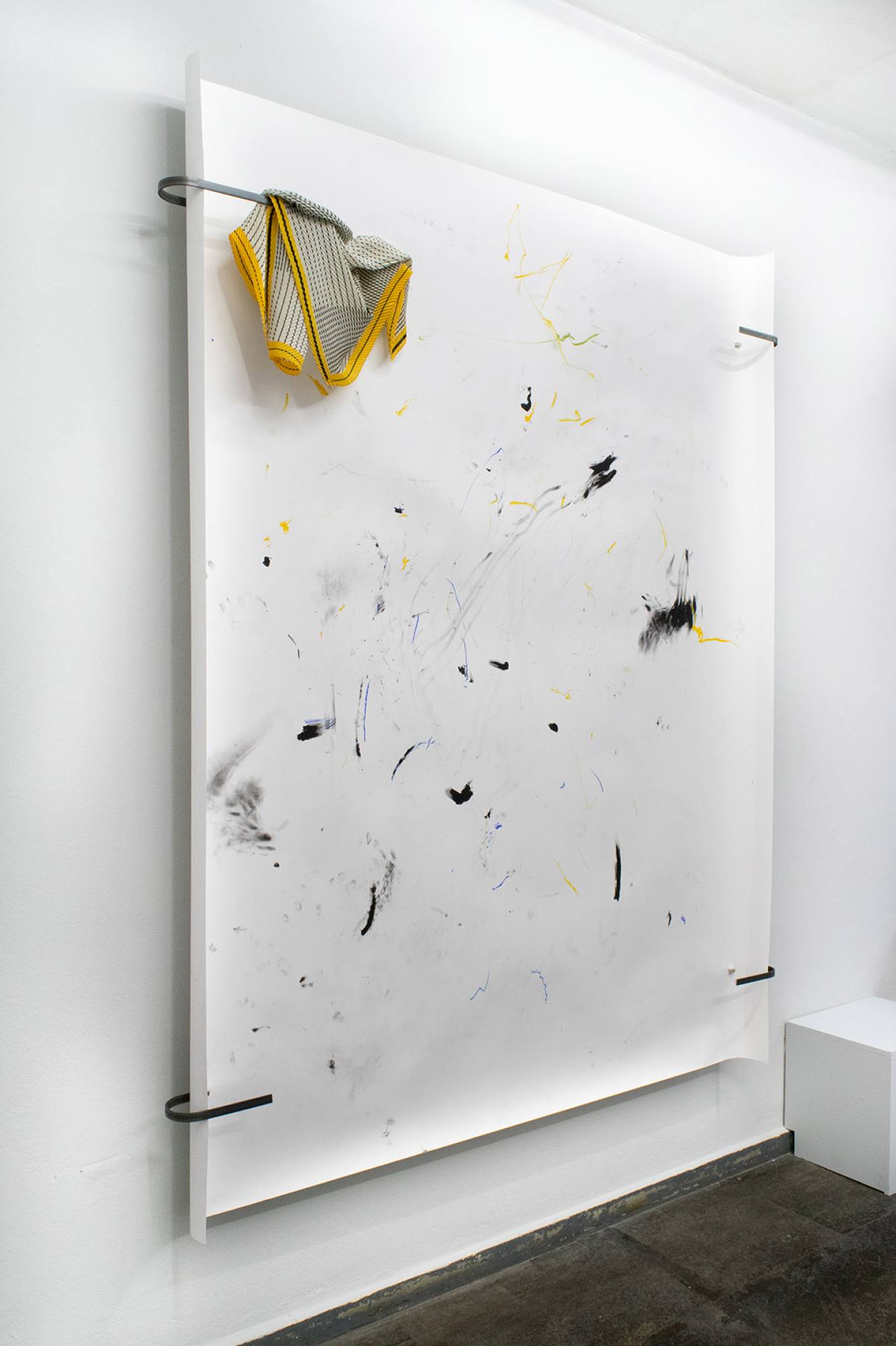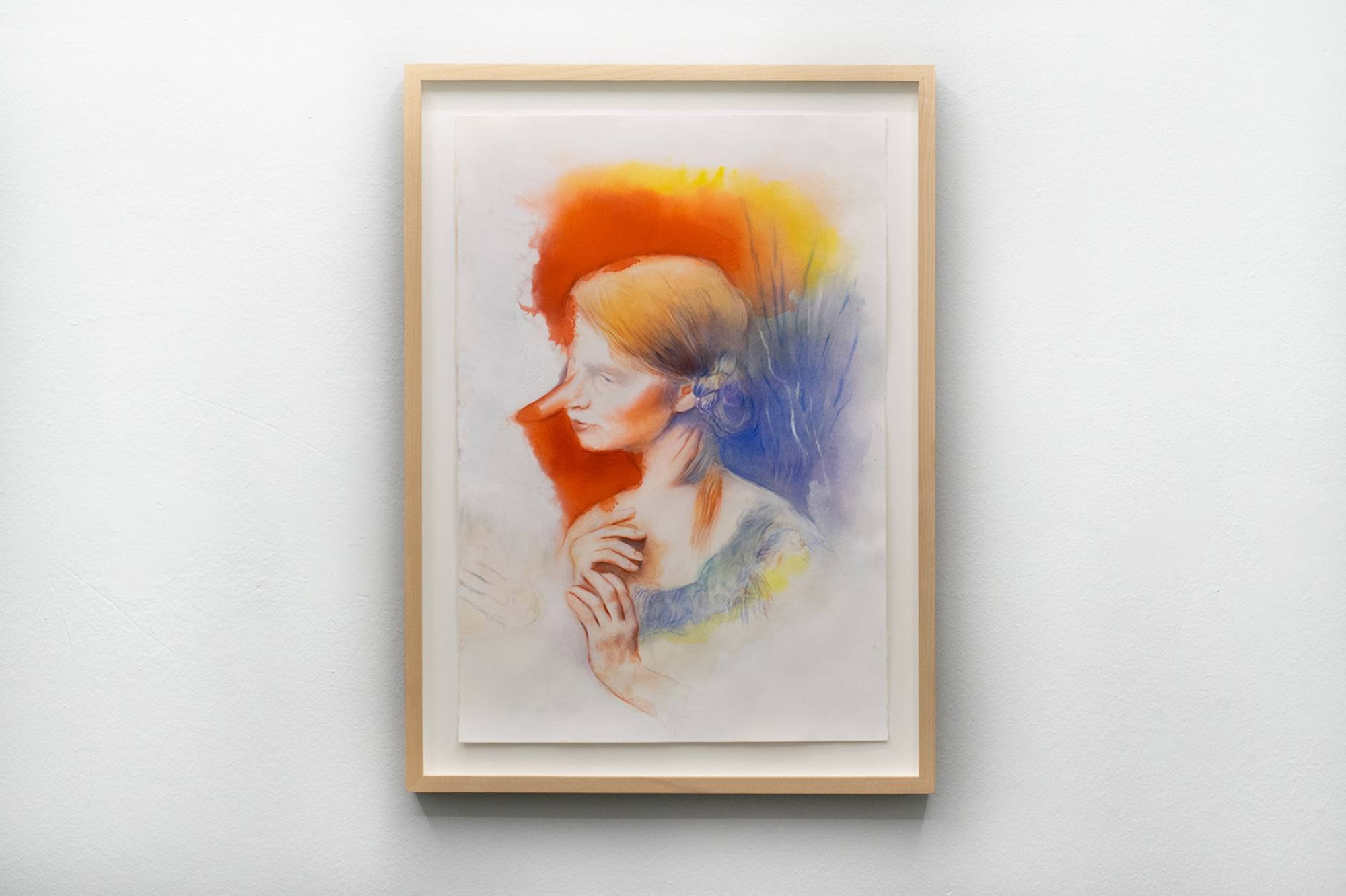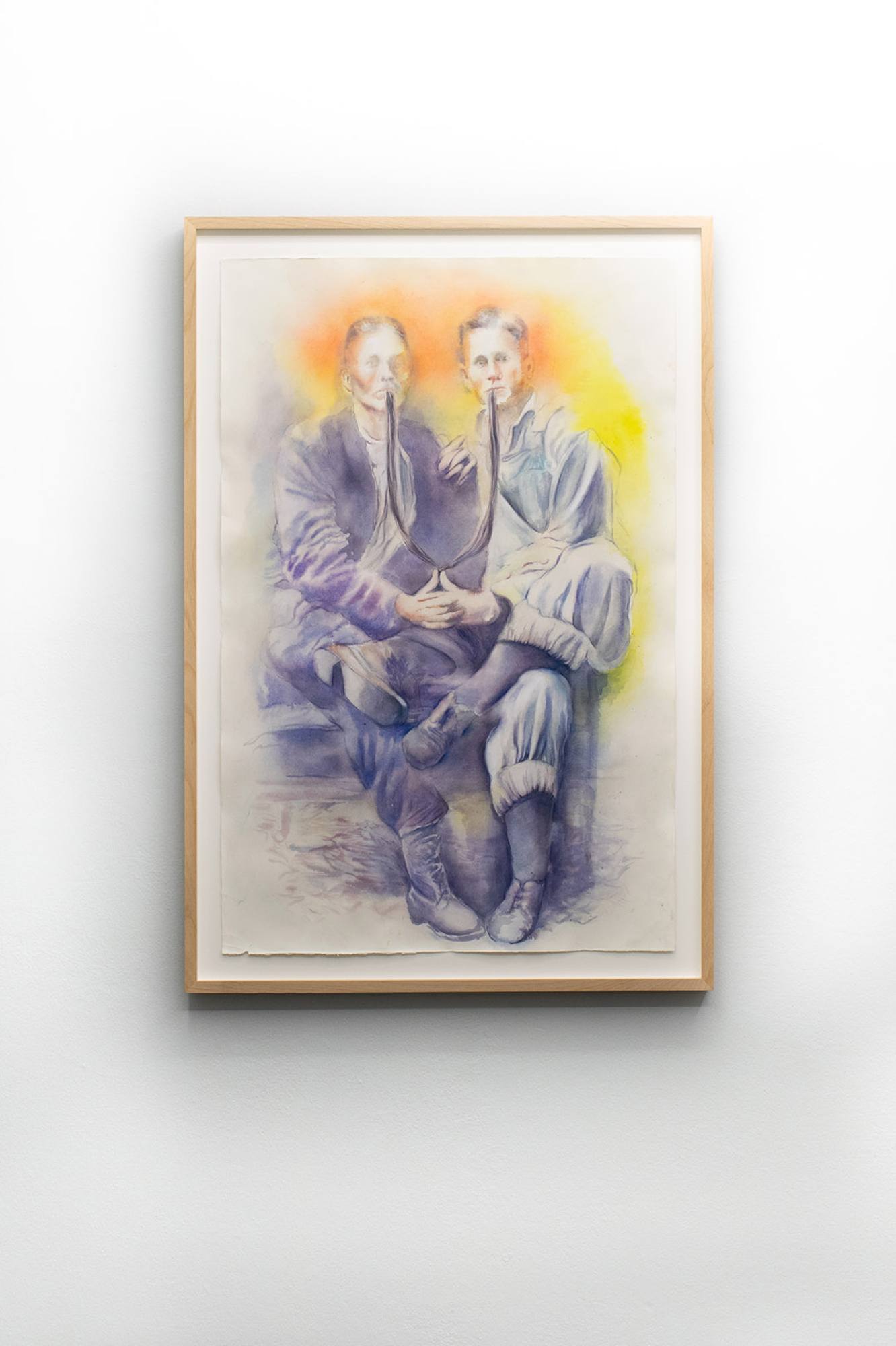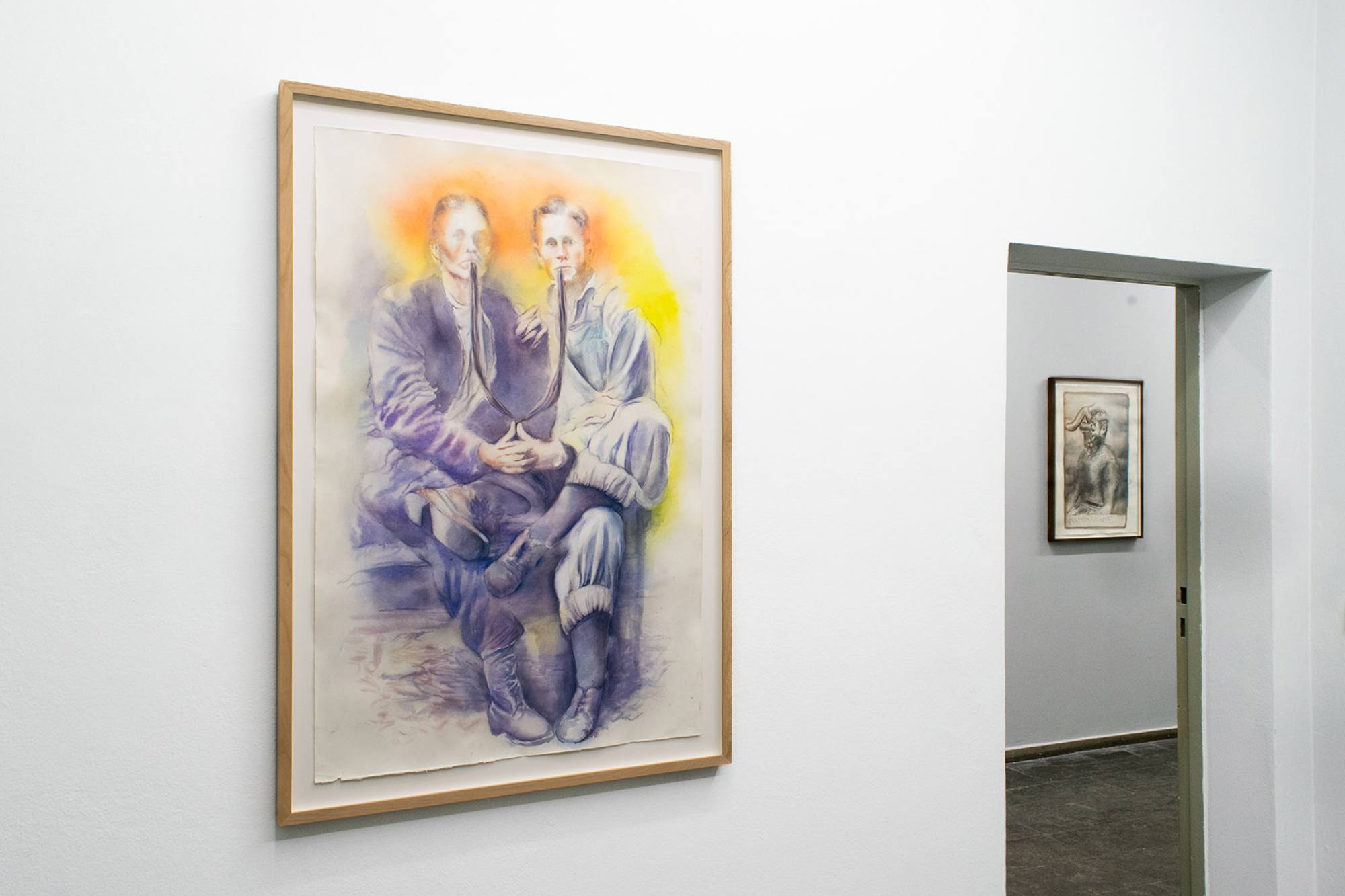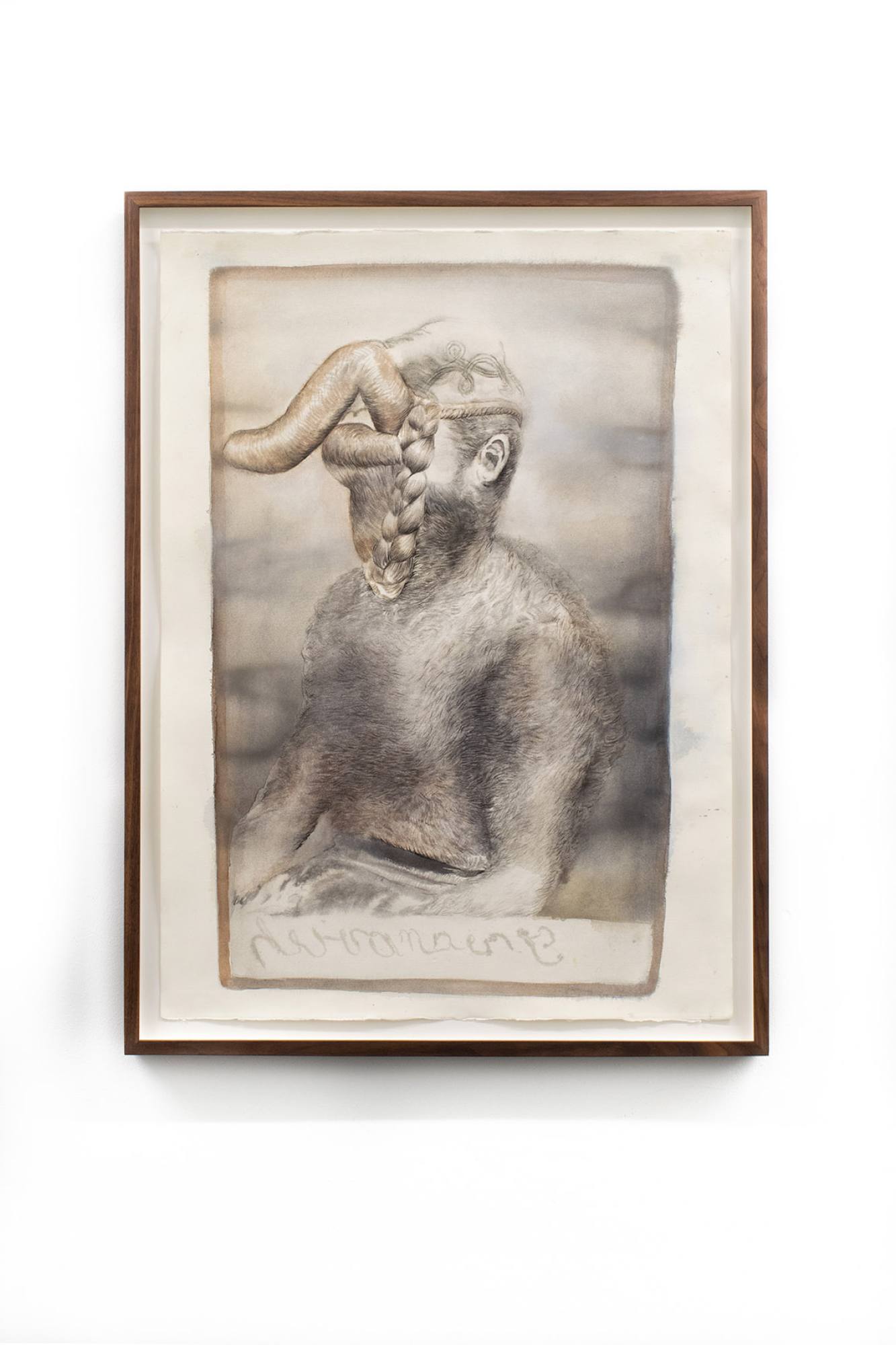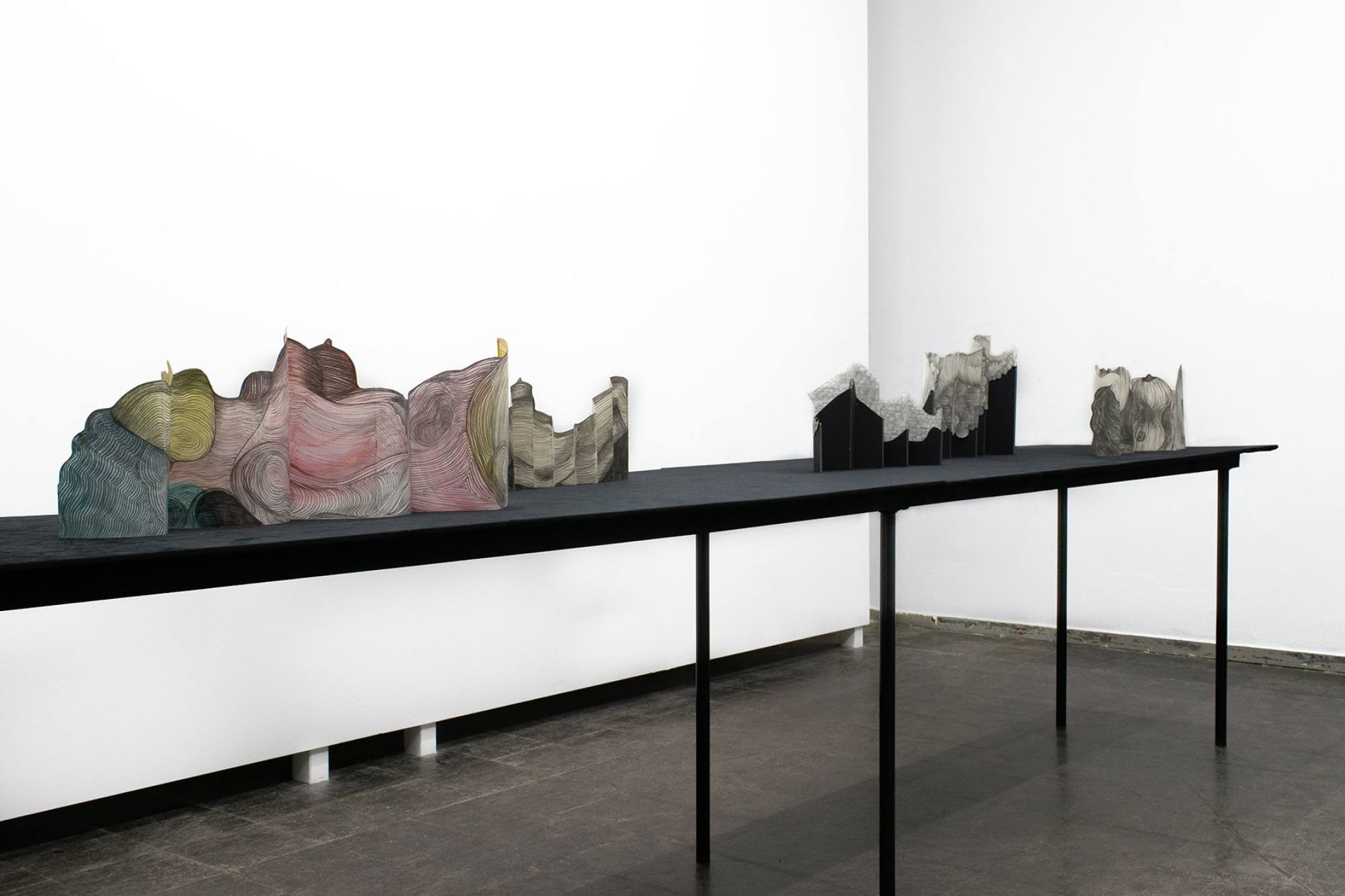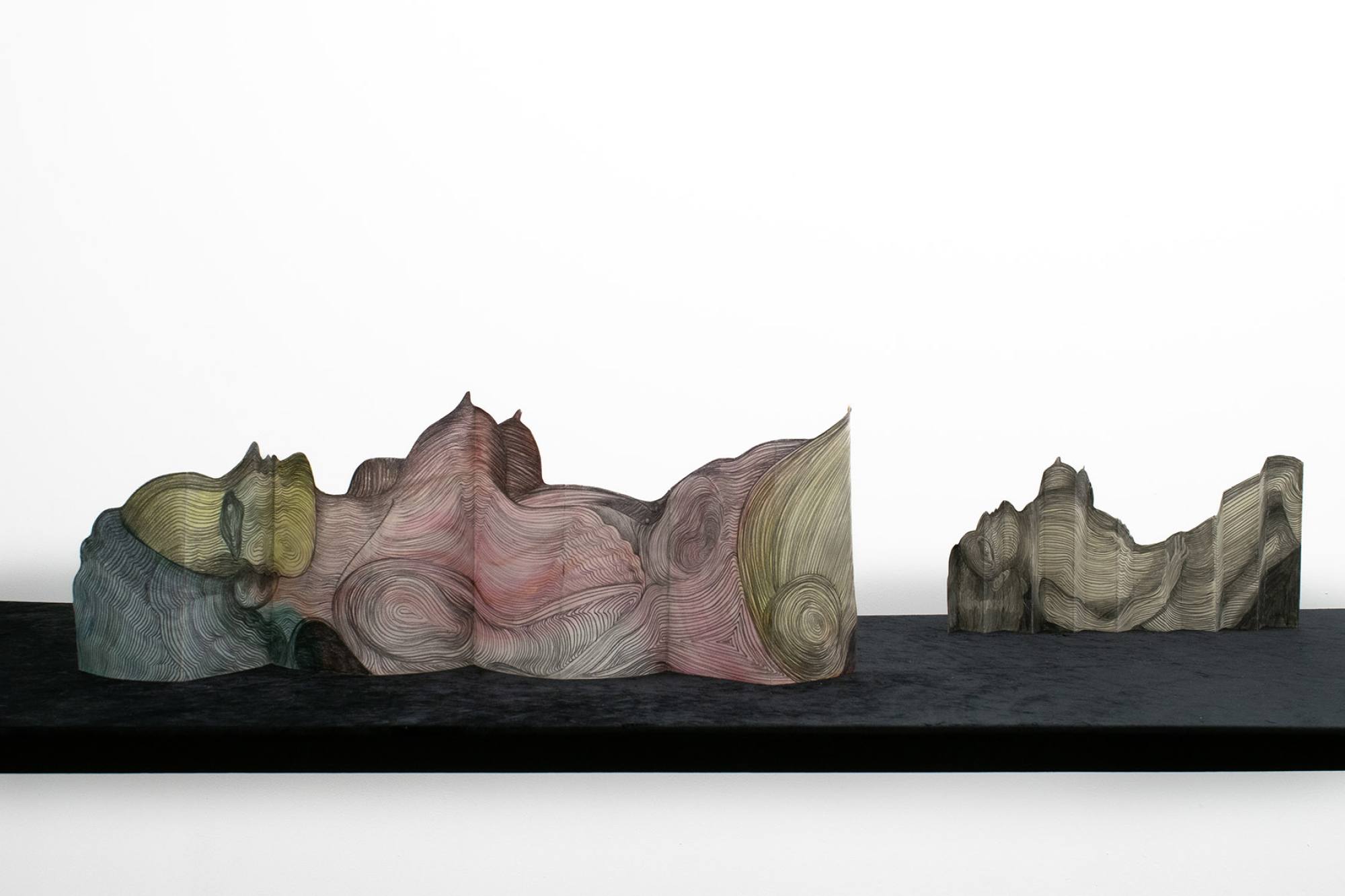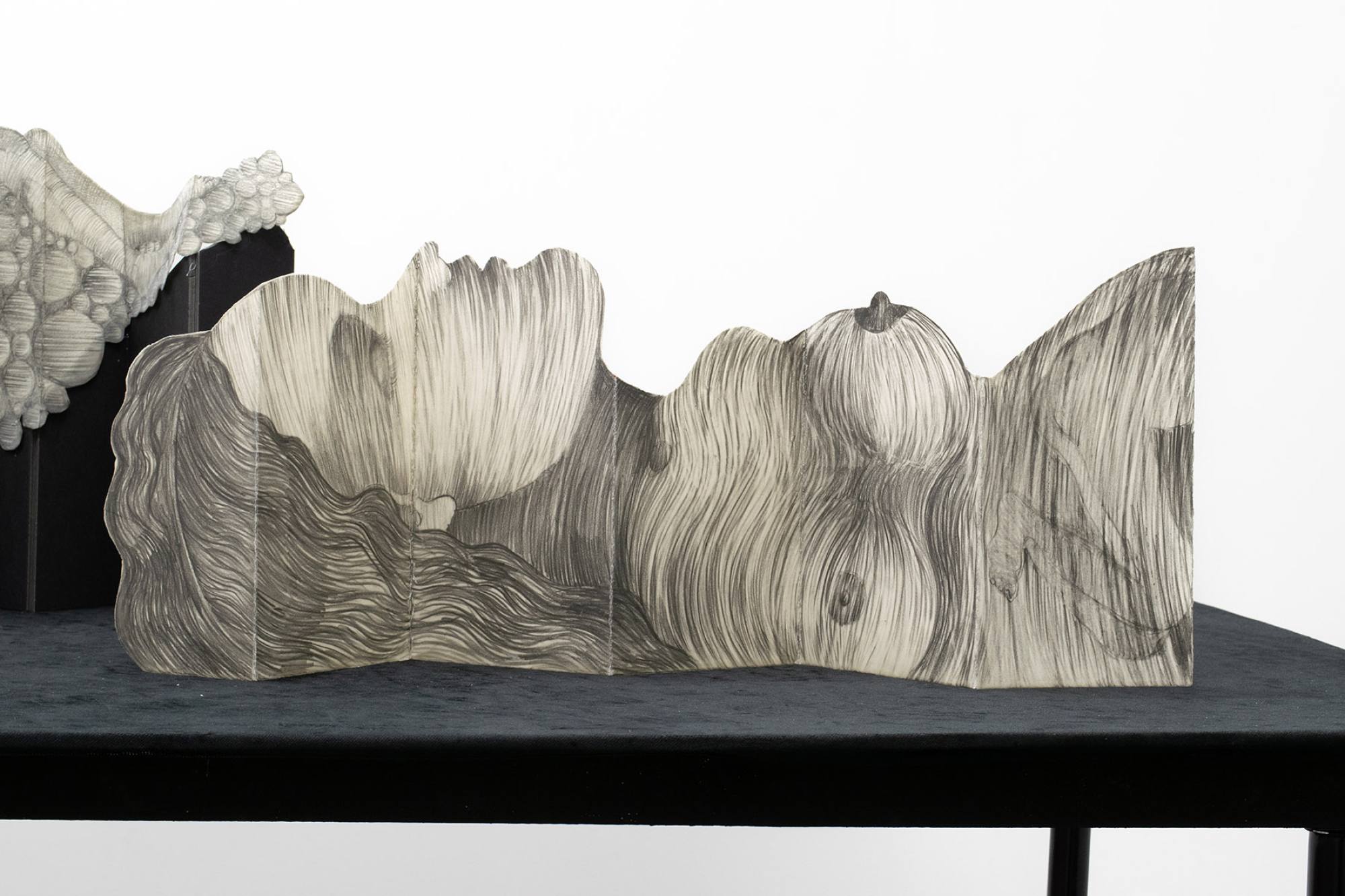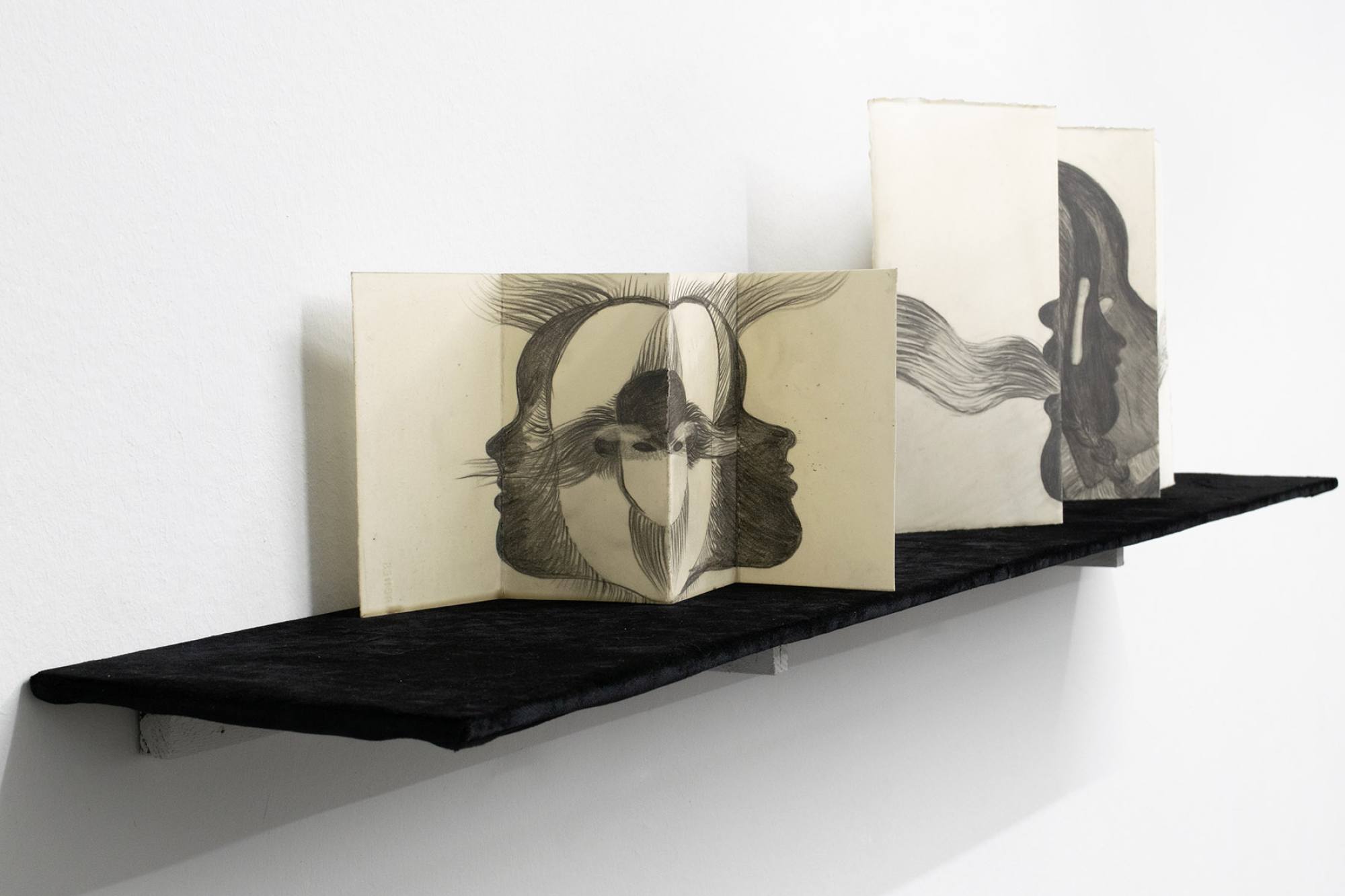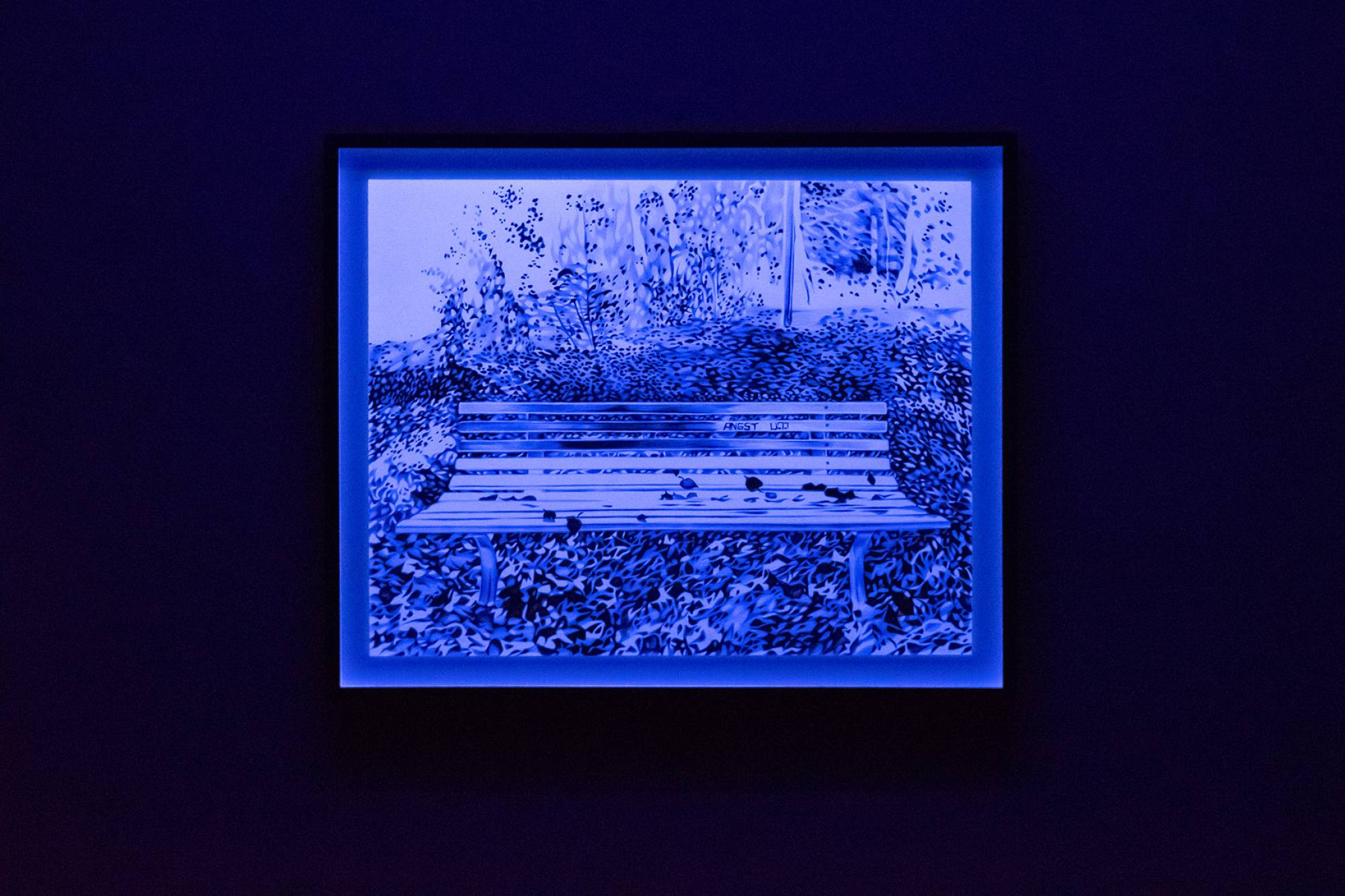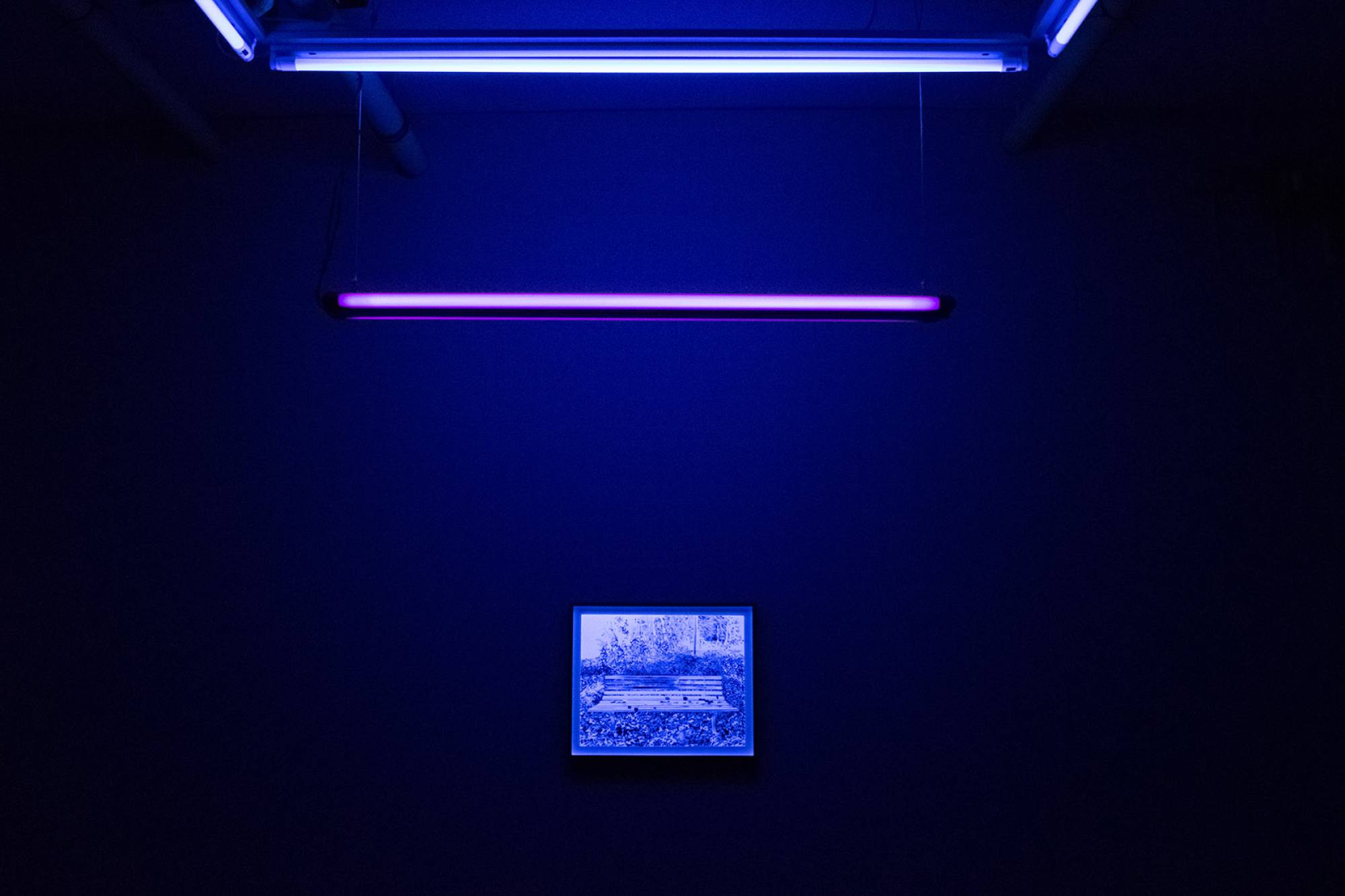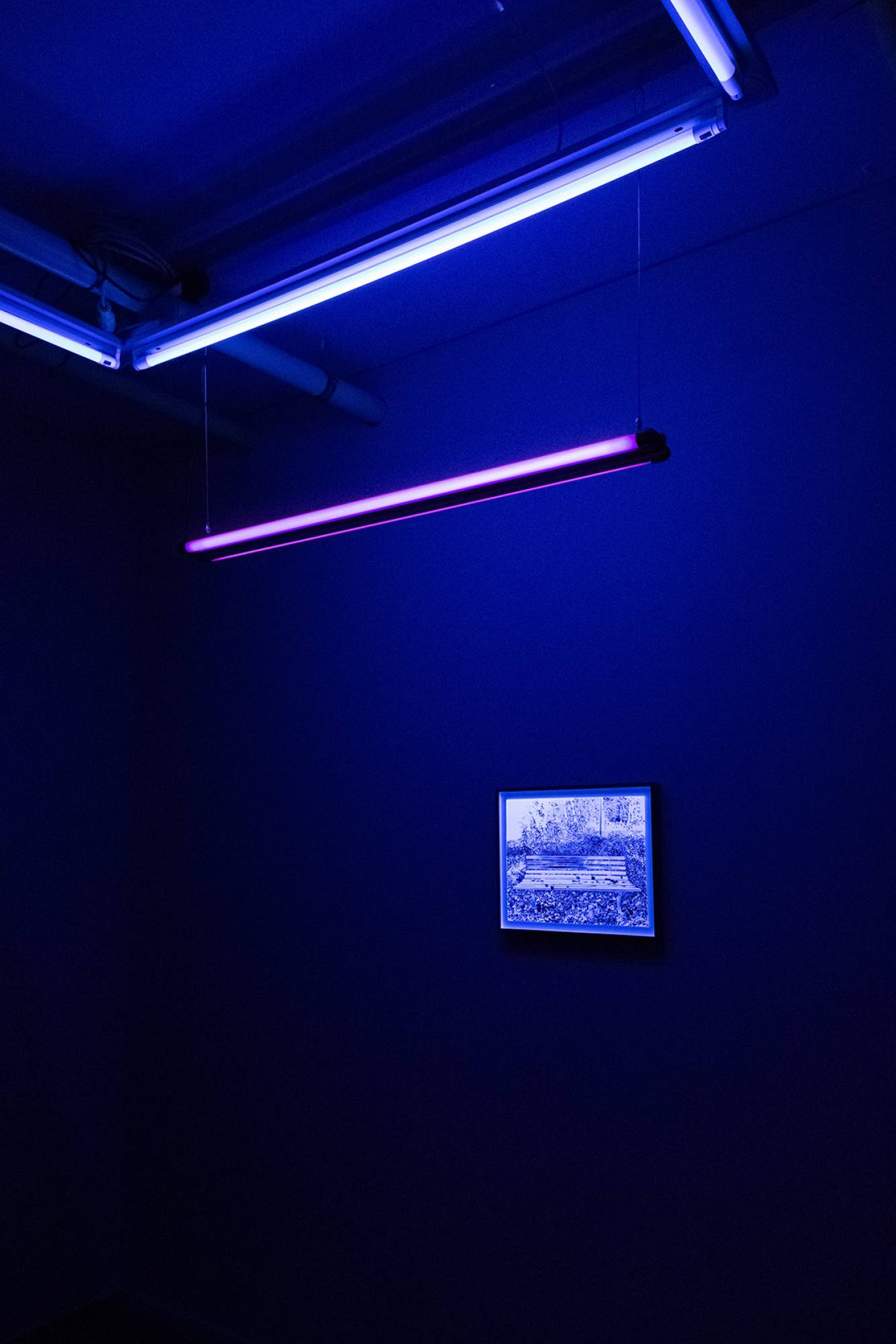CHARTA # (lat.: "the paper sheet"' deu.: "the constitution") is a series of four group exhibitions curated and organized by Jan-Philipp Fruehsorge and Stephan Klee under the umbrella of frontviews. The series connects artists from the Berlin area, whose main medium is drawing, and who each work on common themes in the field of drawing. There are four exhibitions planned In 2021 and 2022, two exhibitions per year. Each issue of CHARTA # is under a different thematic complex and shows five remarkable positions in each category:
CHARTA #1 - Movement and Space
CHARTA #2 - Identity and Narration
CHARTA #3 - Pattern and Territory
CHARTA #4 - Sound and Order
CHARTA #1 - Movement and Space
CHARTA #2 - Identity and Narration
CHARTA #3 - Pattern and Territory
CHARTA #4 - Sound and Order
Charta #2 - Identity and Narration
Under the terms Identity and Narration we bring together five artists - all living and working in Berlin - from whom each has developed very individual and distinctive drawing idioms. This is the second exhibition in our series of four surveys of the medium.
Over the years, each artist has repeatedly dealt with questions on identity and origin as well as on the diverse - often overlapping and also mutually contradictory - preconditions and contexts of the artistic creation.
Anyone who moves as an artist in a (largely) figurative field cannot avoid reflecting on these issues. What is it that defines us as human beings? What are the boundaries between subject and object? Between “I” and the world?
Where are the quasi-universal and wholly specific parameters that shape identity and accompany us on our journey through life? These are geographical, historical, political, postcolonial, biographical, sexual, political, and generally cultural elements that interact in this force field and create new narratives in which the artists formulate these questions.
Especially in recent years, these issues have found a particular urgency; the composition of the protagonists of the discourse has shifted from the margins to the centre. Who speaks about what? How about justification? In the history of the medium of drawing, analogous to all other discourses and debates in all disciplines, an intensification of interest, in both questions of identity and presentation of narrative content, can be observed.
Beyond questions of new dramaturgies or a new storytelling, in the pop-cultural time-based media, new patterns and types of narrative art have developed - often with recourse to historical forms - without language, always having to be a means of clarification.
Marc Brandenburg, whose protagonists are mostly based in urban spaces and are presented by him in inverted graffiti drawings (illuminated by black light) as if on an X-ray, plays with an aesthetic of fragmented narration. On one hand, identity can be lived as a concept that is self-chosen, fluid, and misses and expands the social framework, but also as an ironic response to standardisation and violent attributions.
Stella Geppert, on the other hand, is dedicated to questions on communication and the deeply human need to overcome the boundaries of the self, and to make contact with the other, in empathetic gestures.
Marianna Ignataki also seems to find inspiration in myth; her heroes and heroines are melancholic hybrid beings from the zones of the subconscious and the world of beautiful glamour who lure us in, with their bitter-sweet charm.
Tim Plamper's photographically precise sheets in graphite stem from a deep interest in re-interrogating buried mythical remnants in our modern lives. Plamper peels out a hidden core of attavitist primordial energy, when he presents us with existential questions beyond logos and ratio, in his collage-like drawings.
Sandra Vásquez de la Horra's new Leporello works are drawings on the threshold of the object; they occupy the space and demand a new form of observation. Silhouettes of reclining bodies rising like mountain peaks in the landscape, and multi-viewed heads do not allow clear attributions of the figures; they challenge the gaze again and again.
related links:
Marc Brandenburg
Marianna Ignataki
Vásquez de la Horra
Stella Geppert
Tim Plamper
Stephan Klee
